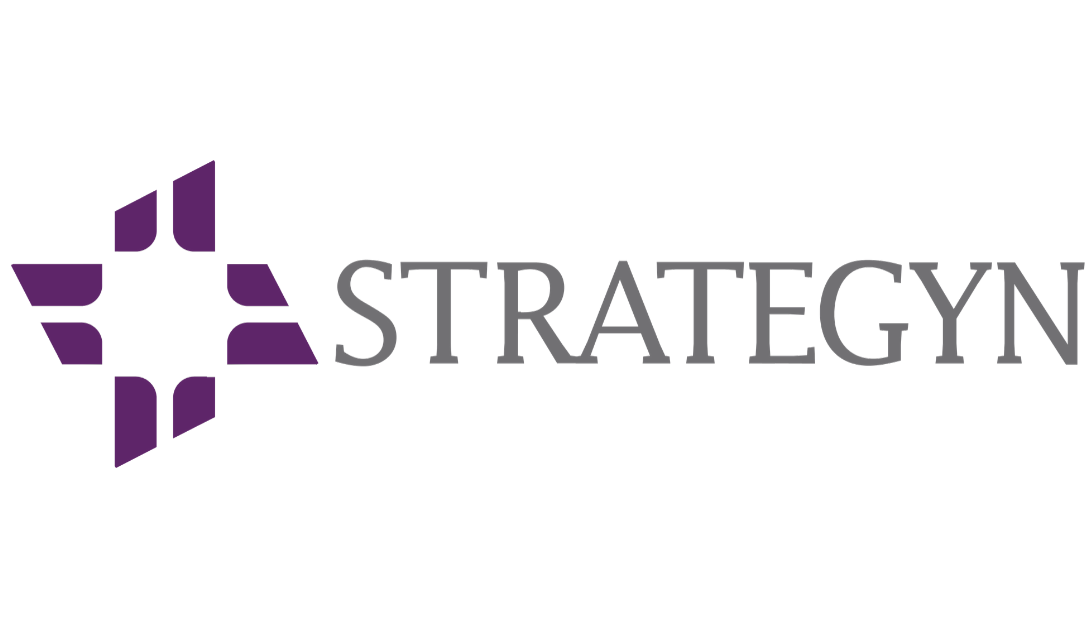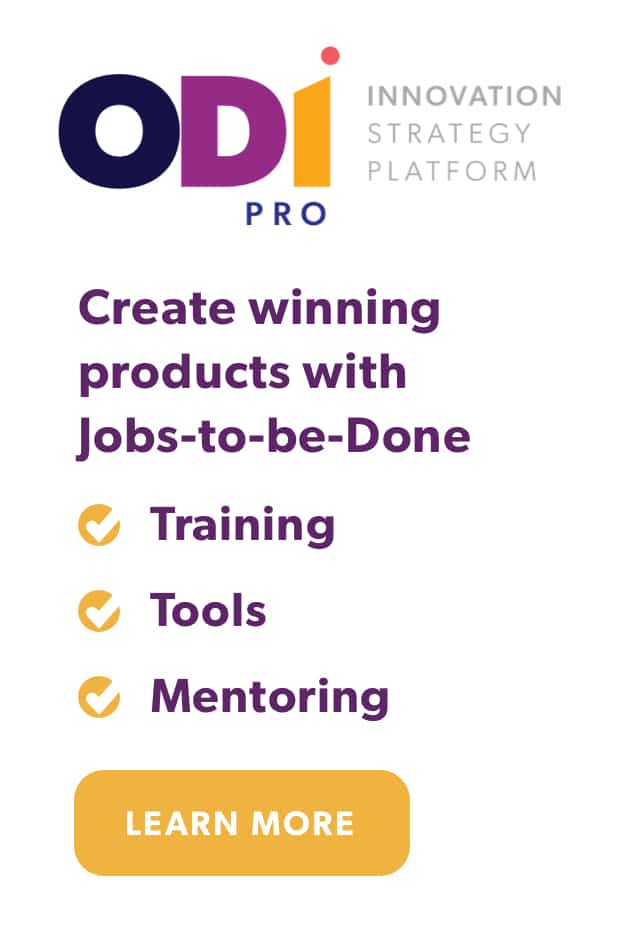Companies often define the markets they serve around the technology in their product offerings… a technology that one day will become obsolete. Clearly, this is a mistake, but it’s one that has been repeated by hundreds of companies over the decades. Where are the companies that defined themselves around CDs? They spiraled to their death when MP3 technology came along. Many companies today find themselves in this same situation.
Define your markets around the customer’s job-to-be-done
A market, which is the target of everything a company does, should not be defined around something so unstable that it is only valid until the next product iteration. It should be defined around something that is stable for decades, making long-term strategic investments more attractive and providing the company with a vision for the future. This is why the Outcome-Driven Innovation (ODI) process defines a market around the customer’s “job-to-be-done.” More specifically, we define a market as “a group of people and the job they are trying to get done.” Parents (a group of people) who are trying to pass on life lessons to their children (the job-to-be-done) constitute a market. Dental hygienists who clean patients’ teeth and farmers who grow a crop also constitute markets.
When defined in this way, there are tens of thousands of markets out there, and many of them have been around for decades, even centuries. They serve as a stable focal point for value creation and align your employees around a common vision and strategy. When it comes to getting a job done, people (job executors) don’t want to cobble a solution together from multiple, incompatible offerings. They want one solution that gets the whole job done. When focused on the job-to-be-done, a company is more likely to gradually evolve its products over time to get the entire job done and better satisfy its customers.
There is also an extremely important tactical reason to define markets this way: when the job executor and job are the unit of analysis, rather than the product or the customer, a company is forced to break down the job into its component parts so it can figure out which ones are giving the job executors the most difficulty. This framework provides a new way to think about the customer journey and to define customer needs.
What job is your customer trying to get done?
Notice we do not ask, “What job does your product get done?” The job your product gets done may or may not be the job your customers are trying to get done. Herbicides kill weeds, and a herbicide manufacturer may think that’s the job its customers are trying to get done. But users of herbicides may actually be trying to get a different job done: they may be trying to grow a crop. Assuming you know what the job-to-be-done is without asking the job executor can be a fatal mistake.
To define the job, we interview several job executors and assess their thoughts on the job they are trying to get done. The goal is to define the job at a level of abstraction that encompasses all the functional tasks along the customer journey. It is also important to note that we do not define a market around an emotional job, as you cannot design a product around a job that is void of function. Attempting to do so is certain to derail the innovation process and is a common mistake among those trying to apply jobs-to-be-done theory.
Focus on job executors, not buyers
Consider a recent engagement we had with a manufacturer of siding used in homebuilding. We first determined that the job executor was the homeowner–this is the customer using the product to get a functional job done. Through a series of interviews, we determined that the homeowner defined the job-to-be-done as “protecting the home from the environment.” Consequently, we defined the market as homeowners (the job executor) trying to protect the home from the environment (the job-to-be-done). Using the Jobs-to-be-Done framework, we then formulated a customer-centric strategy for our client to win in this market.
Companies often struggle to define their markets correctly because they define them around the wrong customer. The most common mistake is to define a market around the purchase decision maker (the person who does the buying)–not the job executor. In our siding manufacturer example, the purchase decision maker (the general contractor) made it clear to us that their job-to-be-done (if you will) was to “optimize profit when building a home.” While the buyer has a job to do, the buyer’s job does not constitute a market. Rather, the buyer’s job is an integral part of every market. Understanding the financial metrics a buyer uses to make a purchase decision is important, but let’s not confuse the buying process with the functional job-to-be-done.
Lastly, in our siding manufacturer example, we also considered the needs of the installer, a key member of the product life cycle support team. The installer was focused on the job of “installing the external siding.” This job included planning and executing the installation process, but had nothing to do with buying or using the siding product. The product life cycle support team, like the buyer, is an integral part of nearly every market, but again, their job-to-be-done does not define the market.
While a company may be interested in studying the jobs and needs of multiple customers and the emotional jobs of users, we have found that defining the market around the job executor is the most effective way to apply jobs-to-be-done theory to product innovation. It opens the door to new ways to analyze a market, define customer needs, segment markets, and discover hidden opportunities for product innovation.


